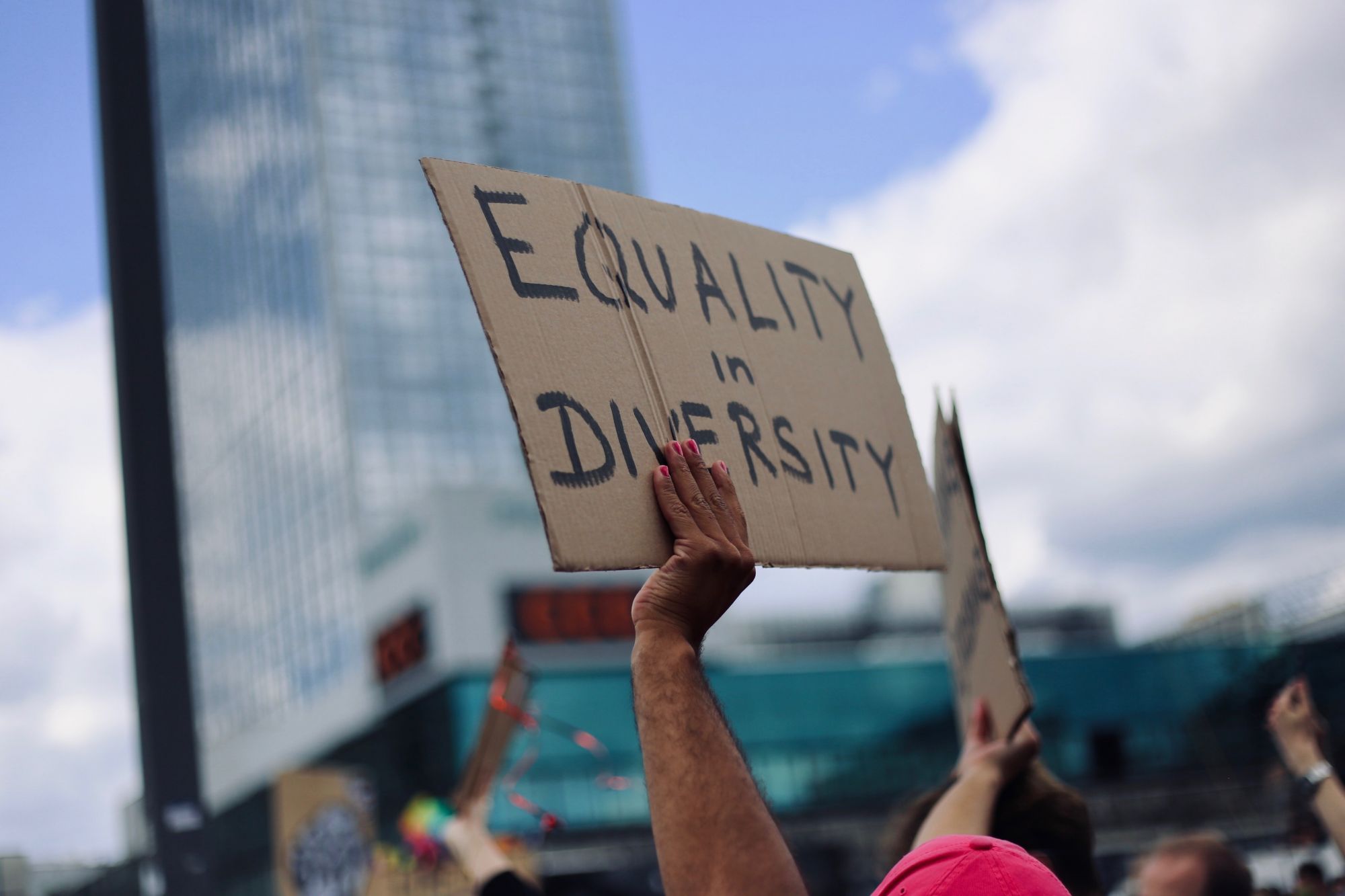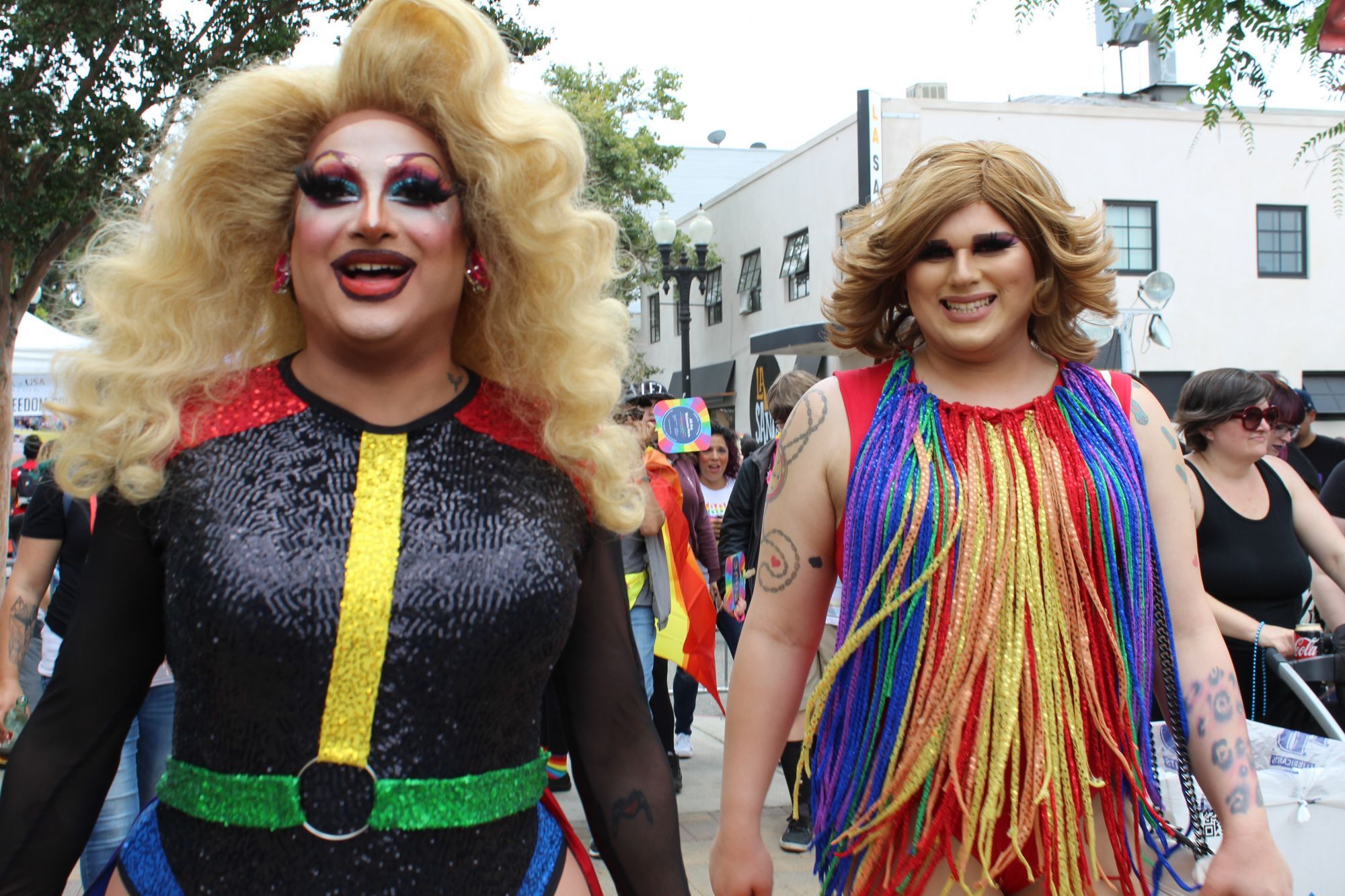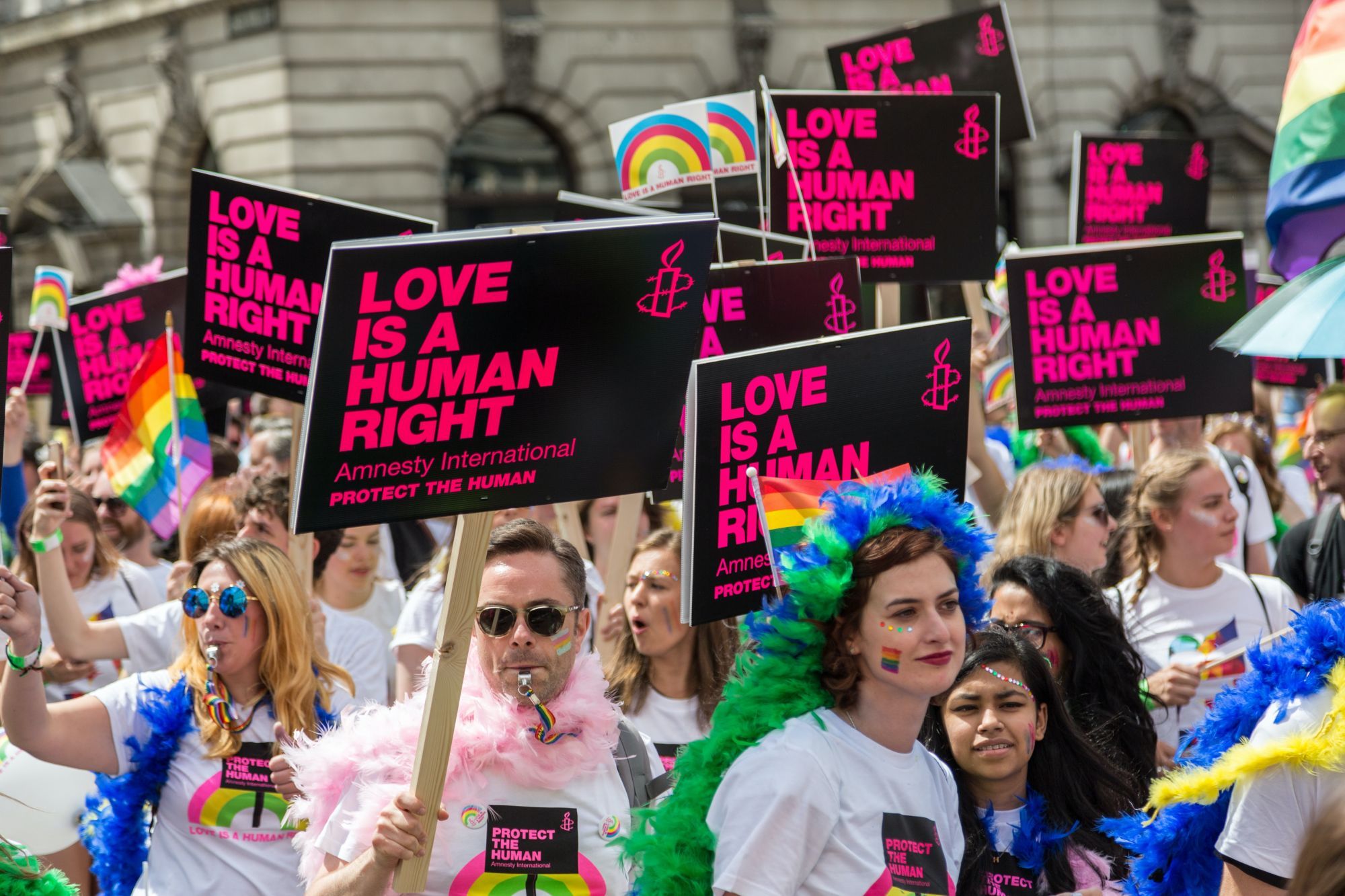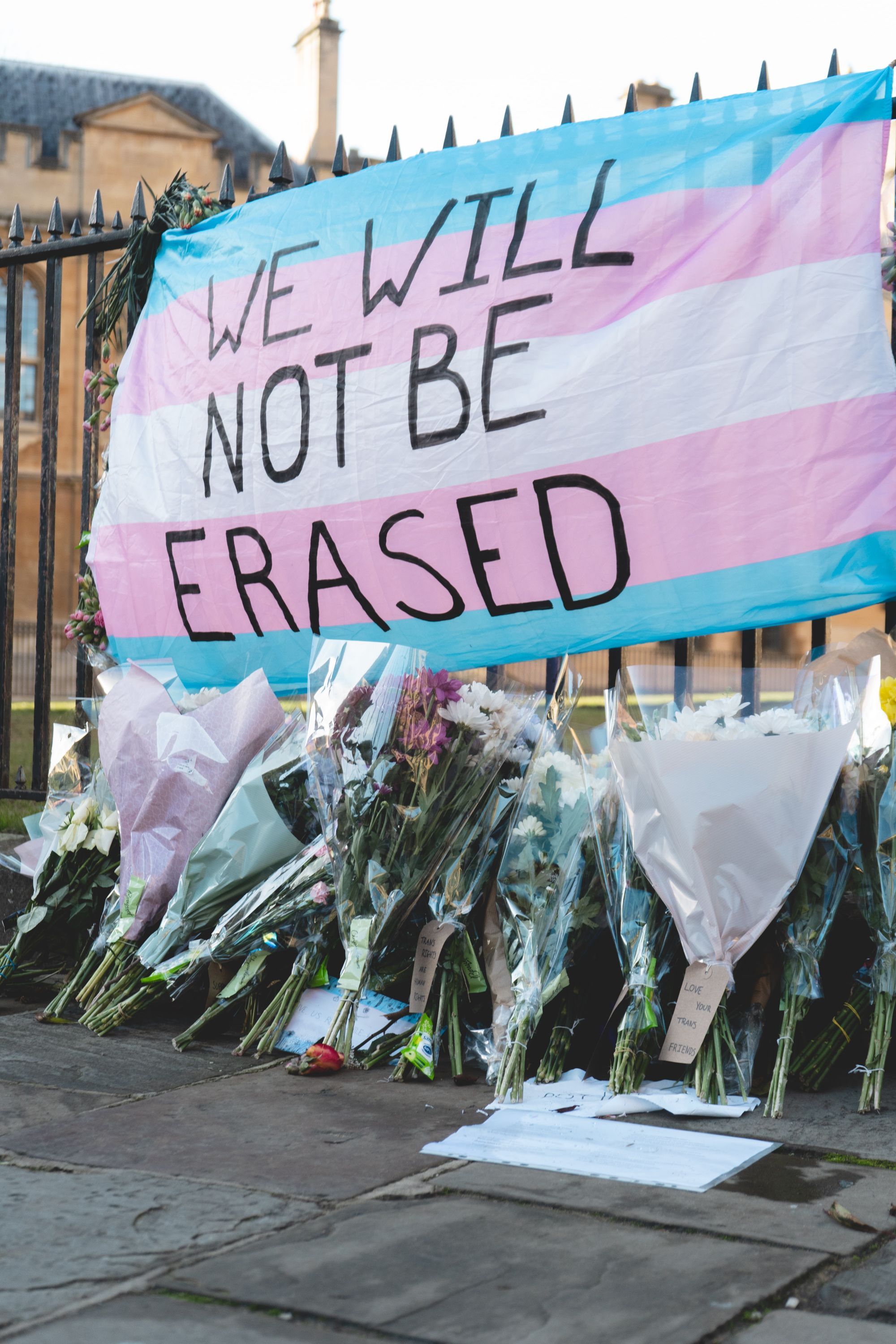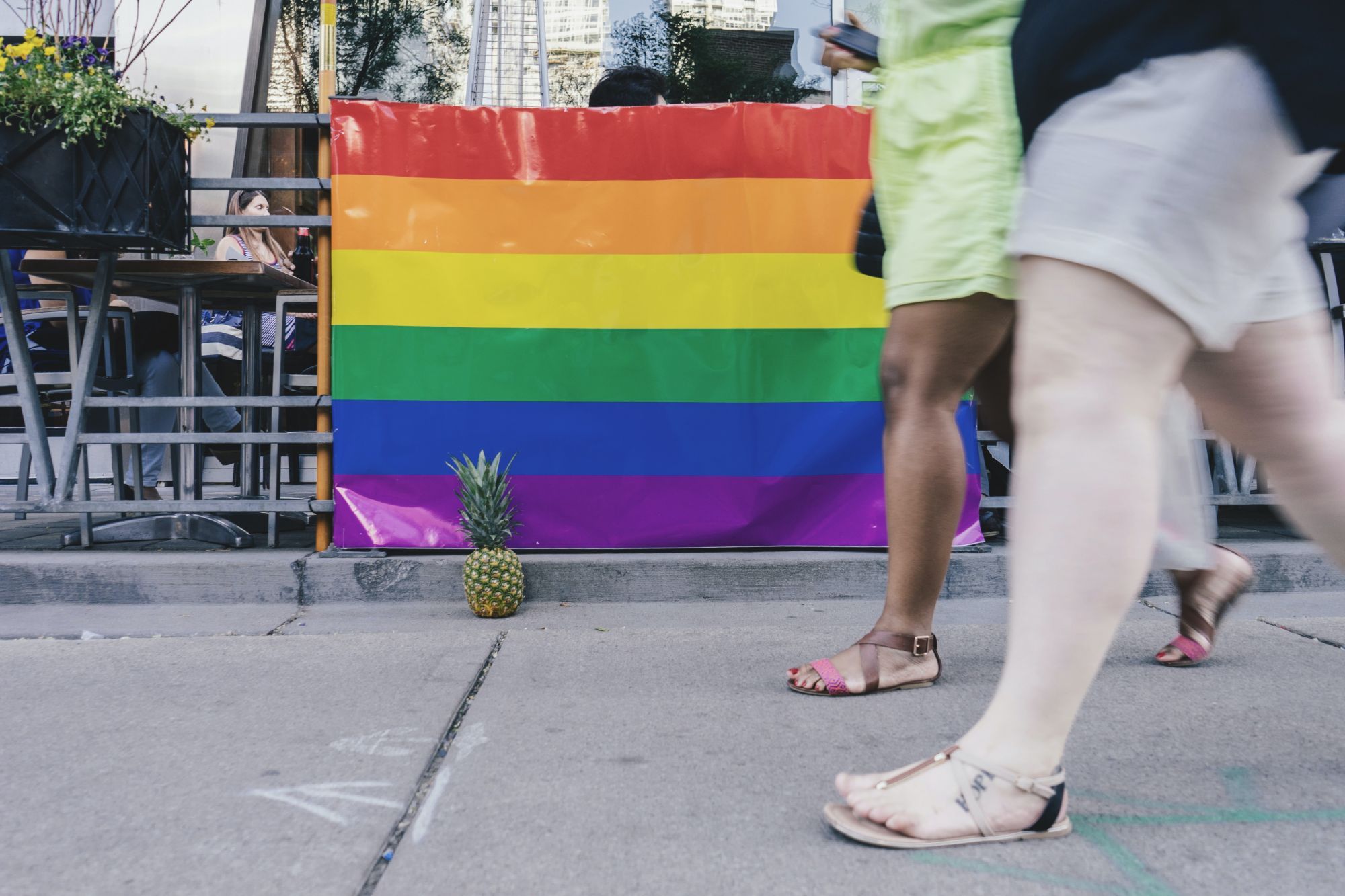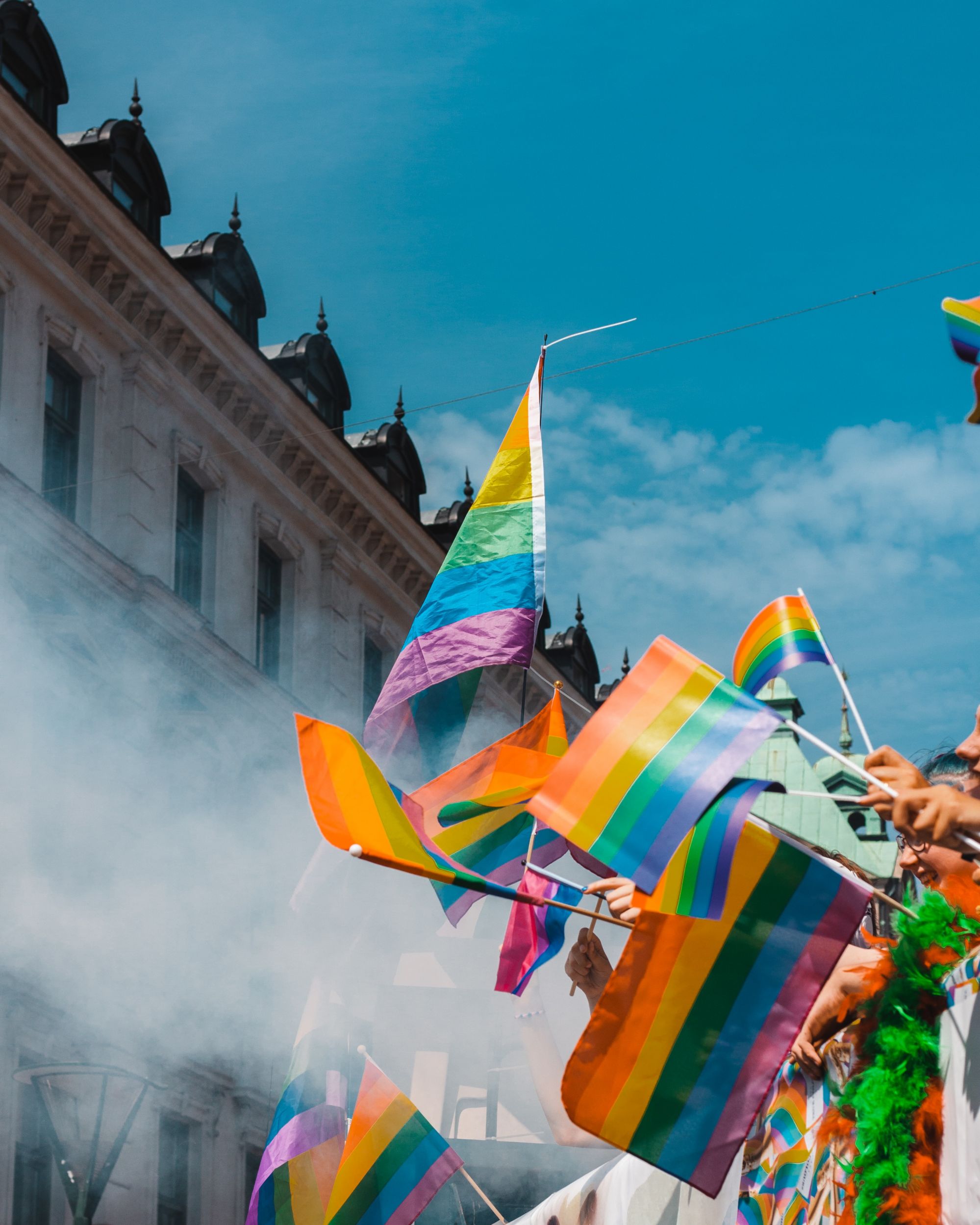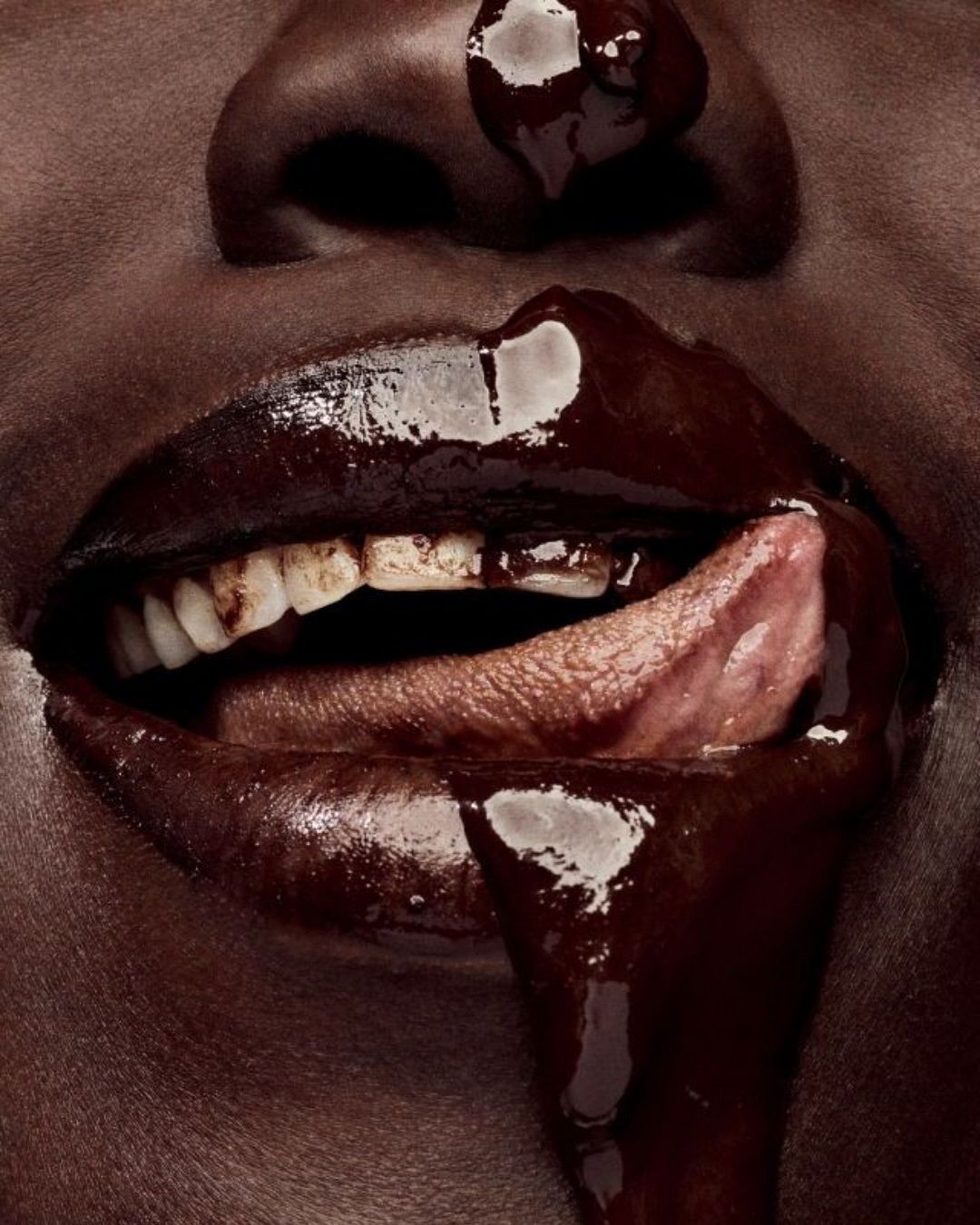
Oggi è la Giornata internazionale contro l’omobitransfobia Storia del 17 maggio e dati sui diritti civili in Italia e nel mondo
Today, May 17, is International Day Against Homophobia, Biphobia and Transphobia, also known as IDAHOBIT (International Day Against Homophobia, Biphobia, Transphobia). The purpose is to call on more and more people to take action to ensure that everyone is given the rights to live a life free from violence, persecution, discrimination, and stigma, regardless of their sexual orientation and gender identity, as well as sexual.
Although from a literal point of view it only refers to homosexual, bisexual, and transgender people (bisexuality was added to the name of the anniversary in 2015), in reality, the Day is about all people who are part of the LGBTQIAPK+ community and, in fact, it is a global celebration of diversity involving sex, sexuality, and gender. But the occasion is not about analyzing and explaining these diversities; rather, it is meant to focus the discussion on the concept of phobia; and thus of all those irrational fears and rejections that some people feel about these othernesses.
Why is IDAHOBIT remembered on May 17?
It was May 17, 1990, when the World Health Organization (WHO) removed homosexuality from the list of mental disorders, calling it "a natural variant of human behavior." In fact, in the 1950s, precisely in 1952, the APA (American Psychiatric Association) had published the first edition of the DSM, that is, the Diagnostic and Statistical Manual of Mental Disorders, the reference compendium for all definitions and descriptions of major mental disorders. Freud's theory of sexuality was still the starting point for defining what was or was not a "sexual deviation," and homosexuality, fetishism and transvestism could be found in the Manual alongside pedophilia.
In the first version of the DSM homosexuality was a psychopathological condition, in the 1968 revision it was considered a sexual deviation, until in 1980 it was eliminated from psychosexual disorders, although the concept of hegodystonic homosexuality remained, i.e., when a homosexual person cannot accept his or her orientation and experiences a dramatic psychophysical and emotional condition (for more: Paraphilias and Deviance by Fabrizio Quattrini). These theories will be overcome by the late 1980s mainly due to two factors:
the advancement of scientific research, which in those years showed that most studies were unreliable because they were based on excessively small research samples (in some cases on the order of a dozen people);
social and cultural pressures, accruing from Stonewall, student riots and the broad debate about sexuality and HIV. Some U.S. activist groups, in fact, raided the APA annual meetings in 1970 and 1971.
As the U.S. Psychiatric Association revises its studies and WHO removes homosexuality from the ICD classification, the myth that being gay (lesbian, bisexual, and so on) is a disorder or something requiring treatment also ends. Or at least, it ends on paper. More than 30 years have passed, but there are still governments, families, and people who are not accepting of the LGBTQ+ community and think that "corrective therapies," such as those recounted in the film Boy Erased (Erased Lives, Netflix, 2018), should be used.
As Helen Clark, former Prime Minister of New Zealand, and Administrator of the United Nations Development Program (2009 to 2017) said,
"There is a growing recognition around the world that same-sex sexual orientation and different gender identity and expression are not mental or physical disorders. Yet, several million LGBTQ+ people around the world continue to experience stigma, discrimination, violence, and oppression. This is cause for action. We can and must do more."
Where homosexuality is still illegal
Since its recognition by the United Nations in 2004, and with the endorsement of the European Parliament, each year May 17 has become the time to promote and coordinate awareness and prevention events around the world to counter hatred and fear of the LGBTQ+ community.
Homosexuality is illegal and still criminalized in 69 countries around the world, and nearly half of these are in Africa (source). This is not coincidental, as most of these regulations originate from colonial times, and are based on British and French customs and laws, and consequently based on Christian traditions, which have historically viewed homosexuality as a sin.
[If you can't embed you can embed the ILGA graphics]
However, given the international recognition, this Day has global political significance, and even countries where homosexuality is illegal can enjoy a moment of civil rights discussion. To give one example, in Sri Lanka (which has been a member of the United Nations since 1955) same-sex sexual activity is prohibited under the Penal Code defined in 1883, and these provisions carry a fine and a maximum sentence of ten years' imprisonment; while trans people are prosecuted (under an impersonation law) with a maximum sentence of three years' imprisonment. At the same time, foreign embassies and consulates display rainbow flags on May 17, ensuring that the Sri Lankan LGBTQ+ population finds a moment of comfort and support in their struggles for the recognition of basic rights.
IDAHOT is an opportunity to break the feeling of isolation and to see, discover and learn from what is happening around the world, so as to initiate joint actions with all people working and living in similar contexts.
Italy still has a long way to go in protecting rights
The fight against discrimination passes above all through education and information; thus on the occasion of the Day of May 17, Maria Assunta Palermo, Director General of MIUR, invited teachers and schools of all levels to "create opportunities for in-depth study with their students on issues related to discrimination, respect for human rights and fundamental freedoms." But if the educational offer already struggles with sexuality education, it would be increasingly appropriate to have, at least, legislative references. One can certainly raise awareness of hate speech and all acts of bullying in the public discourse, but it becomes complex to legitimize these actions at a time when several senators are celebrating, cheering and clapping their hands-as we saw them do six months ago-for having scuttled Ddl Zan, the Homobitransphobia Act, which seeks to take measures to prevent and combat discrimination and violence on the following grounds: Sex, gender, sexual orientation, gender identity and disability.
On the International Day against Homophobia, Biphobia and Transphobia 2023, Italy ranks last in Europe in protecting LGBTQIA+ rights. According to the rainbow map drawn by Ilga, it ranks exactly 34th, on par with Georgia and behind countries such as Greece, Switzerland, Croatia, Bosnia, Albania, Slovenia and Macedonia. After the failure of Ddl Zan, our country remains one of the few without a law against hate crimes and without legal protection for individuals. The most recent negative example directly affected Italy's homogeneous families when the government blocked the registration of children of same-sex couples in the civil registry.





















































